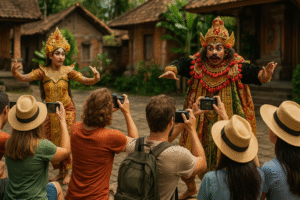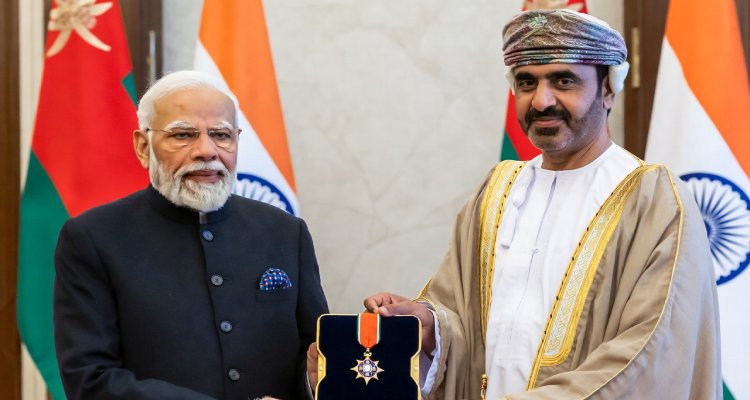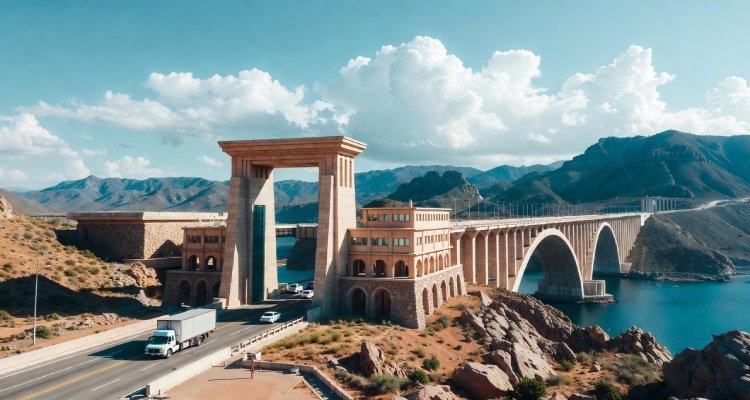The Tourist Trap of Authenticity
As travelers chase “authentic” experiences, entire cultures are reshaped to meet expectations. Is authenticity becoming the biggest illusion in tourism?
Introduction: When Real Isn’t Really Real
You’ve just arrived in a remote village nestled in the hills of northern Thailand. Locals in traditional clothing welcome you with ceremonial dances. The setting feels magical—untouched, authentic. But behind the scenes, the rituals are rehearsed daily for visitors. The costumes were made last year. And the villagers? They return to their smartphones and jeans as soon as the bus drives away.
In a globalized travel economy, “authenticity” sells. But as it becomes a buzzword in brochures and travel blogs, the line between genuine cultural experience and commodified performance is increasingly blurred. The question is no longer whether we’re seeing the world—but whether we’re seeing a version crafted just for us.
Context & Background: The Rise of the Authentic Experience
Over the last two decades, the travel industry has undergone a transformation. With globalization and digital access erasing boundaries, travelers began seeking more than beaches and big cities. The hunger shifted toward the local, the raw, the “real.”
This movement was partly a backlash against overtourism and partly a new form of consumerism: “experiential travel.” Instead of ticking off monuments, tourists now seek cooking classes with local grandmothers in Tuscany, shaman-led ceremonies in Peru, or homestays in rural India. Travel platforms from Airbnb to boutique agencies capitalize on this shift, branding trips as immersive and intimate.
But as more destinations cater to this trend, the very nature of authenticity is called into question. Can something still be authentic if it’s designed with tourists in mind?
Main Developments: Culture as Performance
In Bali, temples once central to spiritual life now function as daily backdrops for visitor photo ops. In Kenya, Maasai warriors perform dances that once held sacred meaning but are now time-slotted for safari groups. Across the world, local traditions are increasingly packaged into predictable experiences.
This shift isn’t always nefarious. Many communities use cultural performances as sustainable income streams, with real benefits for local development. But critics argue that once a tradition becomes a commodity, it loses its deeper significance.
In some cases, “authenticity” becomes a trap—not just for tourists, but for the cultures themselves. There’s pressure to maintain a fixed identity for the sake of visitors, even as those cultures evolve in their own ways. Locals are sometimes forced to present a nostalgic version of themselves, performing a static identity to match Western expectations.
Expert Insight and Public Reaction
Tourism anthropologist Dr. Edward Bruner once described tourism as a “staged authenticity,” where the performance of culture is curated and controlled to satisfy outside imaginations. “Tourists want difference, but not too much difference,” he observed.
Many travelers, upon realizing this disconnect, express discomfort. “I wanted to experience real village life,” said Danielle Harper, a backpacker from Oregon. “But it felt like they were acting for us. It made me question if I was part of the problem.”
On the other hand, local tourism operators often see this as pragmatic. “We’re proud to share our culture,” says Nyoman Suarta, who runs a cultural tour business in Ubud. “But we also adapt to survive. Without tourism, many of our traditions might disappear.”
Impact & Implications: The Cost of Curated Authenticity
The deeper concern isn’t that traditions evolve—that’s natural. It’s that the forces driving these changes are increasingly external. Entire communities reshape their customs to align with what sells. Local economies can become dependent on a version of themselves frozen in time, unable to express modernity without disappointing visitors.
Furthermore, the chase for “authentic” experiences can lead to exploitative situations. Indigenous communities are sometimes marketed without consent, or reduced to stereotypes that strip away the complexity of their lived realities.
For travelers, there’s also a growing sense of disillusionment. When every “off-the-beaten-path” moment starts to feel oddly familiar, the magic fades. Authenticity becomes not a moment of connection, but a marketing ploy.
Conclusion: Rethinking Authenticity in Travel

So what does it mean to travel authentically? Perhaps the real shift needed is in the traveler’s mindset. Instead of chasing prepackaged authenticity, we might ask more questions, listen more openly, and embrace the ordinary rhythms of life in the places we visit.
Authenticity isn’t always colorful or ceremonial—it’s the street food vendor improvising lunch, the teenager blasting local rap music, or the farmer navigating both tradition and modern tech. It’s imperfect, evolving, and often invisible to the untrained eye.
In the end, the trap isn’t that cultures perform. The trap is believing that we, as outsiders, are owed their essence. The more honest pursuit may be humility—not authenticity.
Disclaimer:This article is intended for informational and educational purposes only. Cultural representation in tourism is a complex issue with varying perspectives. Travelers are encouraged to engage ethically and respectfully.











